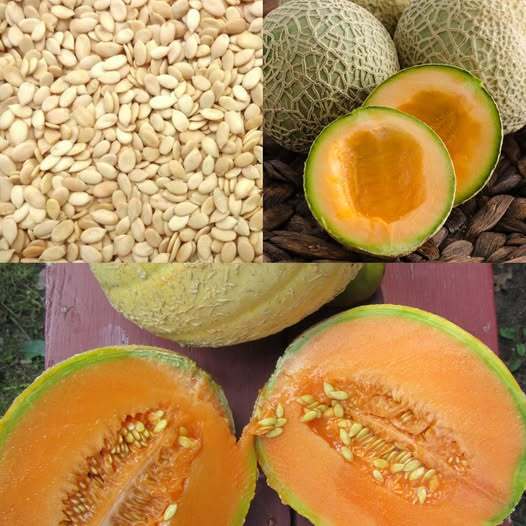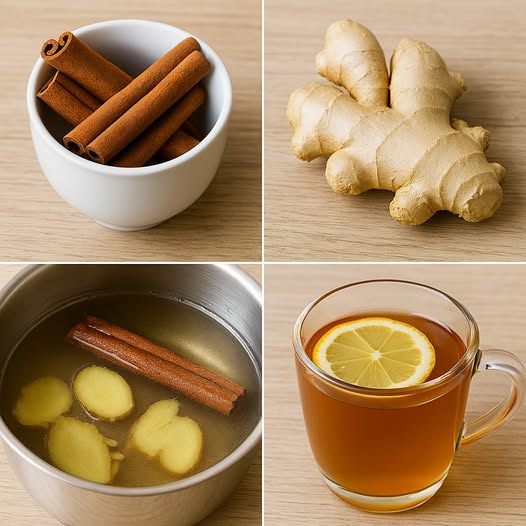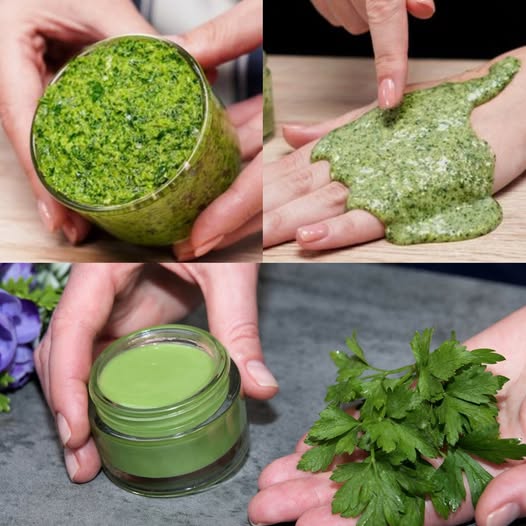Introduction: The Secret Superfoods Hidden in Plain Sight

In the age of superfoods and wellness fads, some of the most powerful health boosters are not new discoveries—they’re ancient seeds hiding in your kitchen or local store, waiting to be used correctly. Yet, most people have no idea how to use them effectively.
From reducing inflammation to boosting energy, balancing hormones, aiding digestion, and even supporting weight loss, these forgotten seeds are nutritional powerhouses that can upgrade your meals and your health.
This blog uncovers 7 underrated, research-backed seeds you probably overlook—and shows you exactly how to unlock their full potential. With rising health concerns and soaring prices on supplements, now is the perfect time to rediscover these tiny, budget-friendly treasures.
Let’s dive into the untapped world of seeds you should be using—but probably aren’t.
1. Fenugreek Seeds: The Hormone-Balancing Powerhouse
Why it’s a hidden treasure:
Often used in Indian cooking, fenugreek seeds are packed with soluble fiber, iron, magnesium, and phytonutrients. However, their hormone-balancing and blood sugar-regulating benefits are what make them stand out.
How to use:
- Soak 1 tsp overnight in water. Drink on an empty stomach to improve digestion and regulate blood sugar.
- Grind into powder and sprinkle into soups or use in smoothies.
- Use as a hair rinse for scalp health and to reduce dandruff.
FAQ:
Q: Can fenugreek help with weight loss?
Yes! A 2015 study found it increased feelings of fullness and reduced fat intake in overweight individuals.
2. Chia Seeds: The Hydration Hero
Why it’s a hidden treasure:
Chia seeds are no longer a complete secret, but many still misuse or underestimate them. These seeds absorb up to 12x their weight in water, helping keep you full and hydrated.
How to use:
- Soak in almond milk overnight to create a chia pudding.
- Mix 1 tbsp in a glass of water with lemon for a hydration booster.
- Add to protein shakes or sprinkle over oatmeal.
Quick Fact:
Just 2 tablespoons contain 10 grams of fiber, 4 grams of protein, and a significant amount of omega-3s.
FAQ:
Q: Is it safe to eat chia seeds dry?
No. Always soak or add to a moist environment to avoid digestive issues.
3. Nigella Seeds (Black Seeds): The Immune System Booster
Why it’s a hidden treasure:
Nigella sativa, or black seed, has been used for centuries in Ayurvedic and Islamic medicine. It’s called “the seed of blessing” for a reason—it fights inflammation, supports immunity, and can help regulate blood pressure.
How to use:
- Take ½ tsp daily with honey for immune support.
- Add to flatbreads or sprinkle over roasted vegetables.
- Use black seed oil in salad dressings or apply topically for skin issues.
Power Stat:
One study published in Phytotherapy Research found that black seed oil significantly reduced inflammation markers and improved immune response.
FAQ:
Q: Can it replace antibiotics?
Not entirely, but it can complement conventional treatment thanks to its antibacterial and antiviral properties.
4. Flaxseeds: The Anti-Inflammatory Omega-3 Bomb
Why it’s a hidden treasure:
Many use flaxseeds without knowing the secret: they must be ground for the body to absorb their full benefits. Packed with ALA omega-3s, lignans, and fiber, flaxseeds are a potent anti-inflammatory tool.
How to use:
- Grind fresh and add 1 tbsp to smoothies or yogurt.
- Use as an egg replacer: mix 1 tbsp ground flax with 3 tbsp water.
- Bake into muffins, breads, or pancakes.
Stat You Should Know:
According to the Journal of Nutrition, flaxseed consumption reduces LDL (bad cholesterol) and supports heart health.
FAQ:
Q: Whole or ground flaxseed?
Always use ground flaxseed for optimal nutrient absorption.
5. Hemp Seeds: The Complete Plant Protein
Why it’s a hidden treasure:
Often overshadowed by chia or flax, hemp seeds are a complete source of plant protein—containing all 9 essential amino acids. They’re also rich in magnesium, zinc, and iron.
How to use:
- Blend into smoothies or sprinkle over grain bowls.
- Mix into protein balls or homemade granola bars.
- Add to dips like hummus for a nutty texture.
Why it matters:
Just 3 tablespoons contain 10 grams of protein, making them perfect for vegans and vegetarians.
FAQ:
Q: Will hemp seeds make you high?
No. They contain no psychoactive THC and are completely legal and safe.
6. Pumpkin Seeds: The Magnesium Miracle
Why it’s a hidden treasure:
Most people toss pumpkin seeds without realizing they’re one of the richest sources of magnesium, essential for sleep, muscle health, and heart function.
How to use:
- Roast with olive oil and sea salt for a snack.
- Add to trail mixes or blend into pestos.
- Use pumpkin seed oil in salad dressings.
Quick Stat:
1 oz of pumpkin seeds provides 40% of your daily magnesium needs.
FAQ:
Q: Are raw or roasted better?
Raw preserves the most nutrients, but lightly roasted is more palatable and still highly nutritious.
7. Sesame Seeds: The Calcium-Rich Secret
Why it’s a hidden treasure:
Tiny but mighty, sesame seeds—especially hulled or in tahini form—are loaded with calcium, copper, and antioxidants. They support bone health, hormone balance, and skin health.
How to use:
- Use tahini as a spread or salad dressing base.
- Add toasted seeds to stir-fries or sushi.
- Sprinkle over baked goods or smoothies.
Scientific Insight:
A study in Clinical Nutrition linked regular sesame seed consumption to reduced inflammation in osteoarthritis patients.
FAQ:
Q: Is tahini just ground sesame?
Yes. It’s a smooth paste made from hulled sesame seeds—rich and versatile.
Common FAQs About Using Seeds in Daily Life
Q: Can I eat all these seeds together?
Absolutely. Many people create a “seed mix” using 1 tsp each of flax, chia, sesame, and hemp for daily use. Just ensure they’re ground or soaked appropriately.
Q: What’s the best time to consume seeds?
Morning is ideal for seeds like chia, flax, and fenugreek due to their digestion and energy-boosting effects. Black seed is best with honey first thing in the morning.
Q: Can seeds help with hormone issues like PCOS or menopause?
Yes. Flax, pumpkin, and sesame in particular contain phytoestrogens and nutrients that support hormone regulation.
How to Start: A Simple Seed-Incorporation Plan
If you’re new to using seeds, here’s a quick daily plan to get started:
| Time | Seed | How to Use |
|---|---|---|
| Morning | Fenugreek | Soaked in water, drink before breakfast |
| Mid-morning | Black seed + honey | ½ tsp daily |
| Lunch | Hemp/sesame | Sprinkle on salads |
| Snack | Pumpkin | Eat roasted or in trail mix |
| Dinner | Flaxseed | Add to soups or mix into yogurt |
| Evening | Chia | Chia pudding dessert or smoothie |
Tip: Rotate weekly to get full-spectrum benefits without overwhelming your digestive system.
Conclusion: Tiny Seeds, Tremendous Impact
Seeds may be small, but they’re nutrition giants hiding in your kitchen. Most people either ignore or underuse them, leaving a treasure trove of health benefits untapped.
By learning how to properly prepare and consume them, you unlock their healing powers for digestion, immunity, hormones, and more—without needing expensive supplements.
So, next time you reach for a snack or prep a meal, think small—but mighty. These overlooked seeds could be the missing ingredient in your wellness journey.
Start today. One spoonful at a time. Your health will thank you.


